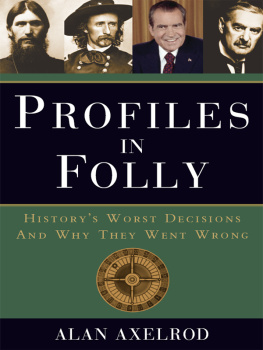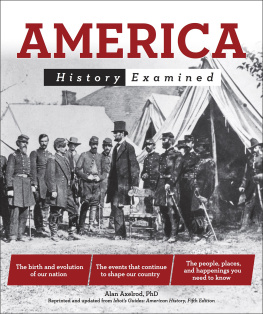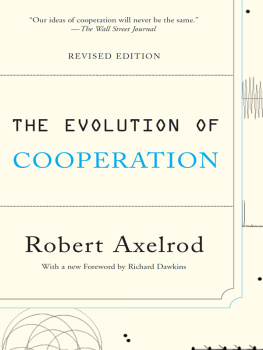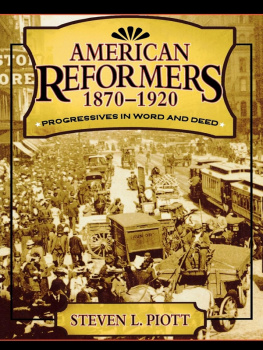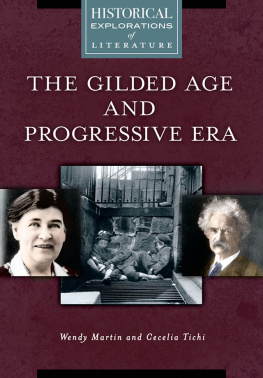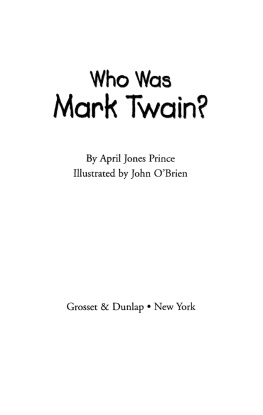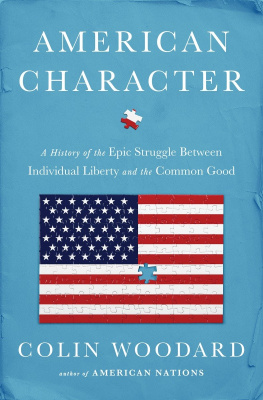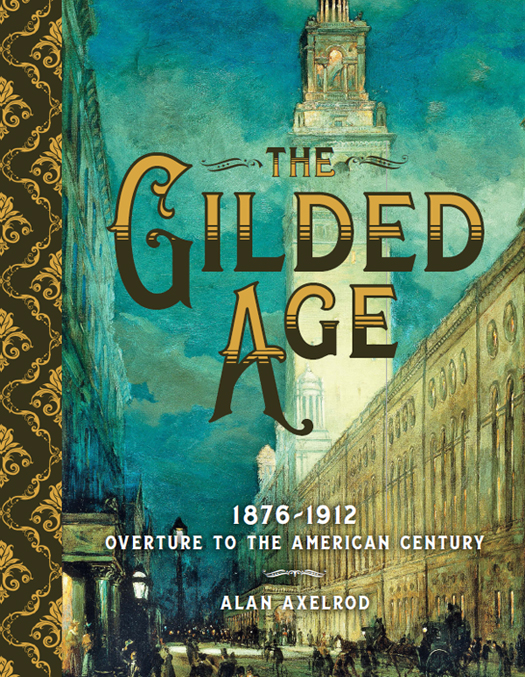Strollers traverse Manhattans Grand Army Plaza, the Hotel New Netherland (opened in 189293) prominent in the background. That hotel was replaced in 1927 by the Sherry-Netherland.
INTRODUCTION
ALL THAT GLITTERS
The flames of a new economic evolution run around us, and we turn to find that competition has killed competition, that corporations are grown greater than the State and have bred individuals greater than themselves, and that the naked issue of our time is with property becoming the master instead of servant, property in many necessaries of life becoming monopoly of the necessaries of life. Our industry is a fight of every man for himself. The prize we give the fittest is monopoly of the necessaries of life, and we leave these winners of the powers of life and death to wield them over us by the same self-interest with which they took them from us.
HENRY DEMAREST LLOYD,
WEALTH AGAINST COMMONWEALTH (1899)
Many of todays economists and historians believe they have found a kind of handbook of the new gilded age. It is Capital in the Twenty-First Century (English edition, 2014) by French economist Thomas Piketty, a work the Nobel laureate economist Paul Krugman calls a magnificent, sweeping meditation on [wealth] inequality. Piketty argues that when the rate of return of capital is greater than rate of economic growth, concentration of wealth results. A nearly identical concentration occurred during the postCivil War nineteenth century and during the last quarter of the twentieth century into the opening of the twenty-first. The numbers support the assertion that we have both a First and a Second Gilded Age. Perhaps by understanding the First, we can understand andas a democracymore effectively manage the Second. Perhaps.

IF PIKETTYSCAPITAL IN THE TWENTY-FIRST CENTURY is the book of the New or Second Gilded Age, its counterpart in the original Gilded Agethe American period between the end of the Civil War and the dawn of the twentieth centuryis perhaps more importantly remembered for being an eponym of the period itself: an 1873 novel written by Mark Twain in collaboration with the journalist-editor Charles Dudley Warner, titled The Gilded Age: A Tale of Today. Twain borrowed that title from one of William Shakespeares least-read and least-performed plays, The Life and Death of King John, based on the life of John, king of England (11661216), who was forced by his kingdoms rebellious barons to guarantee them certain legal rights as set out in the Magna Carta. Act 4, Scene 2 begins with the king pleased after commanding a second coronation to force his barons to swear their allegiance anew. One baron, Lord Salisbury, compares this to a brief catalog of other superfluous and extravagant acts:

The original cover of the 1873 satirical novel by Mark Twain and Charles Dudley Warner that gave the era its name.
To gild refined gold, to paint the lily,
To throw a perfume on the violet,
To smooth the ice, or add another hue
Unto the rainbow, or with taper-light
To seek the beauteous eye of heaven to garnish,
Is wasteful and ridiculous excess.
Thus Twain and Warner saw their own eraan epoch of excess, of consumption not merely conspicuous but pornographic, as a gilded age. It was an age of robber barons and political bosses; of obscene wealth acquired and disposed of in total disregard to how the other half lives; an age of industrial expansion at the expense of the land; an age of American imperial adventurism culminating in the Spanish-American War, annexation of the Philippines, and annexation of Hawaii, all in 1898. Most of all, Twain, Warner, and many others regarded the Gilded Age as an amoral epoch of exuberant political cynicism and chronic political mediocrity. As Senator and Republican National Committee Chairman Mark Hanna (R-Ohio) remarked in 1895, There are two things that are important in politics. The first is money and I cant remember what the second one is.
Having elected in 2016 a combination magnate and reality television star to the presidencyespecially one whose signature show, The Apprentice, embodied the social Darwinism Andrew Carnegie defined in his 1889 essay Wealth ( But to go no further than visions of bubbly and roe is to do great injustice at least to the original Gilded Age.
True, Twain and Warners novel is about the greed, excess, and corruption in postCivil War America. True, also, is the hint that the Gilded Age was something of a pun on Guilty Age, a period of American history criminal at its core and steeped in original sin. There is also the notion that it was an era marked by stark contrasts between insiders and outsiders and populated by a profusion of guilds, as it weremonopolies, crony-capitalist cartels, political parties, labor unions, and other special interest groups, including lodges, secret societies, and a host of reform organizations. Those who could not identify themselves with any particular guild were the outsiders, the masses, the feckless victims.


